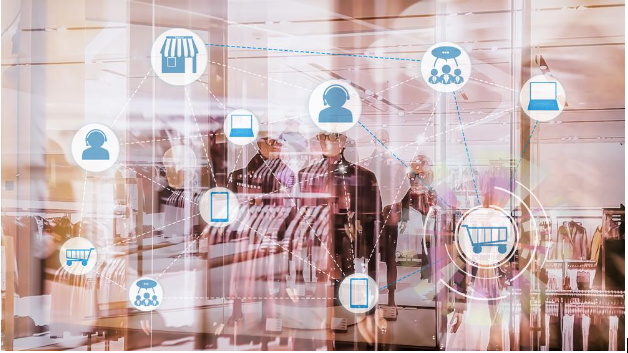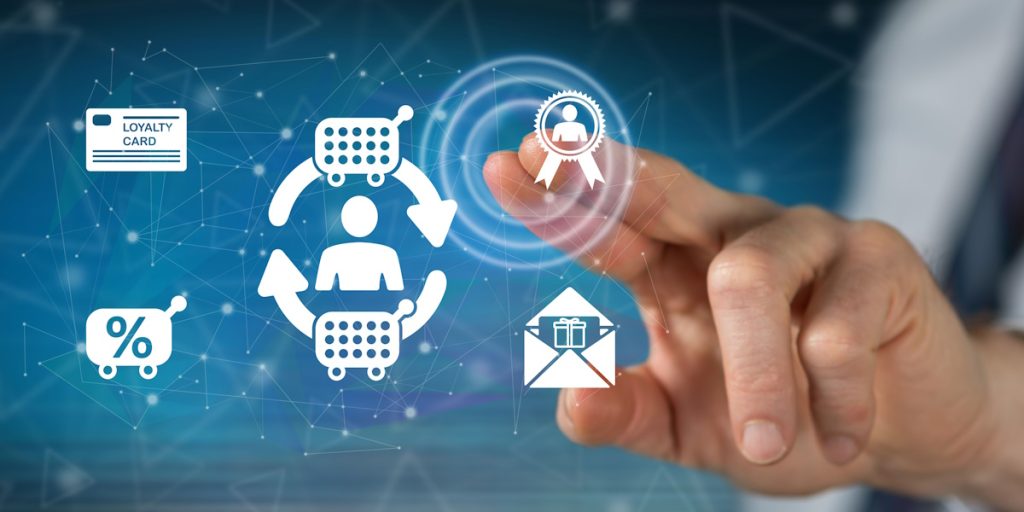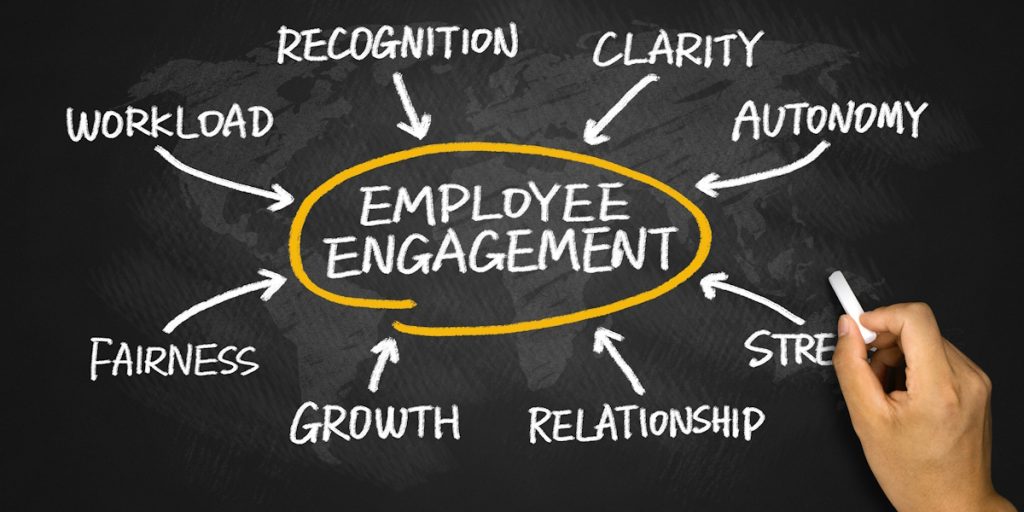Customers are the lifeline of any business, and keeping them engaged is the key to long-term success. Offering customer incentives is not just about handing out gifts—it’s a strategy that drives revenue, builds loyalty, and ensures repeat purchases. When done right, meaningful rewards can strengthen relationships, increase customer retention, and encourage customers to spend more.
A well-planned incentive program makes customers feel valued, motivating them to choose your products or services over competitors. By providing high-value rewards, businesses can develop deeper connections with their customer base, leading to increased spending and long-term engagement. But how do you create rewards that genuinely impact your bottom line? Let’s break it down.
Why Meaningful Rewards Increase Customer Spending
Not all rewards are created equal. Simply offering discounts or random perks won’t always drive real results. Meaningful rewards tap into what customers truly value, increasing their willingness to engage and spend more.
Emotional Connection Enhances Loyalty
Customers don’t just buy products—they buy experiences. When a business understands customer spending psychology, it can design incentives that evoke positive emotions. This emotional connection makes customers more likely to return and spend more.
- Personalized incentives make loyal customers feel appreciated.
- Exclusive rewards, such as early access to new products, create excitement.
- Offering free perks with purchases builds a sense of reciprocity.
Encouraging Repeat Purchases with Reward Programs
A structured reward program for clients can make a significant impact on revenue. By encouraging repeat purchases through tiered incentives, businesses keep customers engaged for the long run.
Effective strategies include:
- Implementing a points-based system that rewards spending.
- Providing value-driven incentives tied to purchase history.
- Giving special perks for milestones, such as birthdays or anniversaries.
How to Structure a Customer Incentive Program for Maximum Impact
Creating an incentive program requires strategic planning. Businesses should design rewards that align with customer expectations while benefiting the company’s bottom line.
Identify the Right Types of Customers
Not every customer behaves the same way. Understanding different types of customers allows businesses to tailor incentives effectively.
- Frequent buyers – Offer cashback or discounts on their next purchase.
- First-time customers – Provide a welcome incentive to build initial trust.
- Loyal customers – Grant VIP benefits or exclusive deals.
Leverage Customer Data for Personalization
Using customer data helps in designing incentives that feel personal. Instead of generic discounts, businesses can analyze purchase behavior to offer relevant rewards.
- Sending personalized emails with special offers.
- Creating targeted campaigns for high-spending customers.
- Offering incentives based on past buying habits.
The Business Benefits of Meaningful Rewards
Boosting Customer Retention
Retaining customers is more cost-effective than acquiring new ones. A strong incentive program keeps existing customers engaged, reducing churn and increasing lifetime value.
Increasing Revenue Through Engagement
Customers are more likely to spend when they feel valued. Retention marketing through incentives leads to higher average order values and long-term growth.
Strengthening Brand Reputation
A well-structured incentive program enhances the overall customer experience, making people more likely to recommend your brand to others.
Conclusion
Meaningful rewards help businesses build stronger customer relationships, increase loyalty, and drive sales. By offering personalized and valuable incentives, companies can encourage repeat purchases and long-term engagement. Start by understanding what your customers appreciate most and create a rewards program that keeps them coming back.
How Can Meaningful Rewards Grow Your Business?




